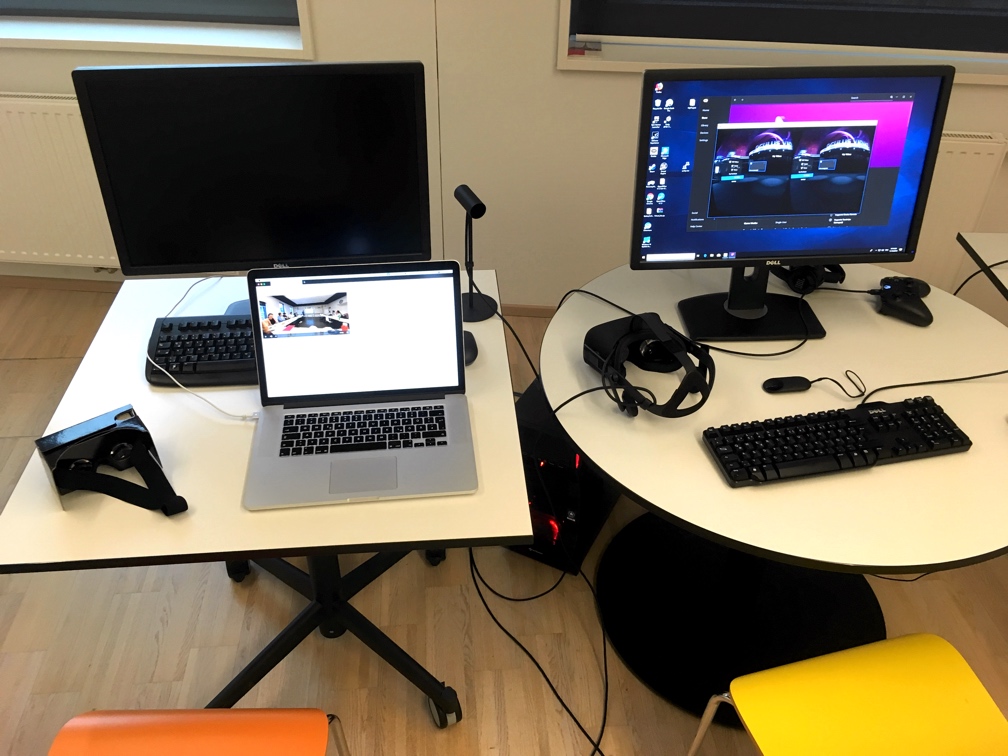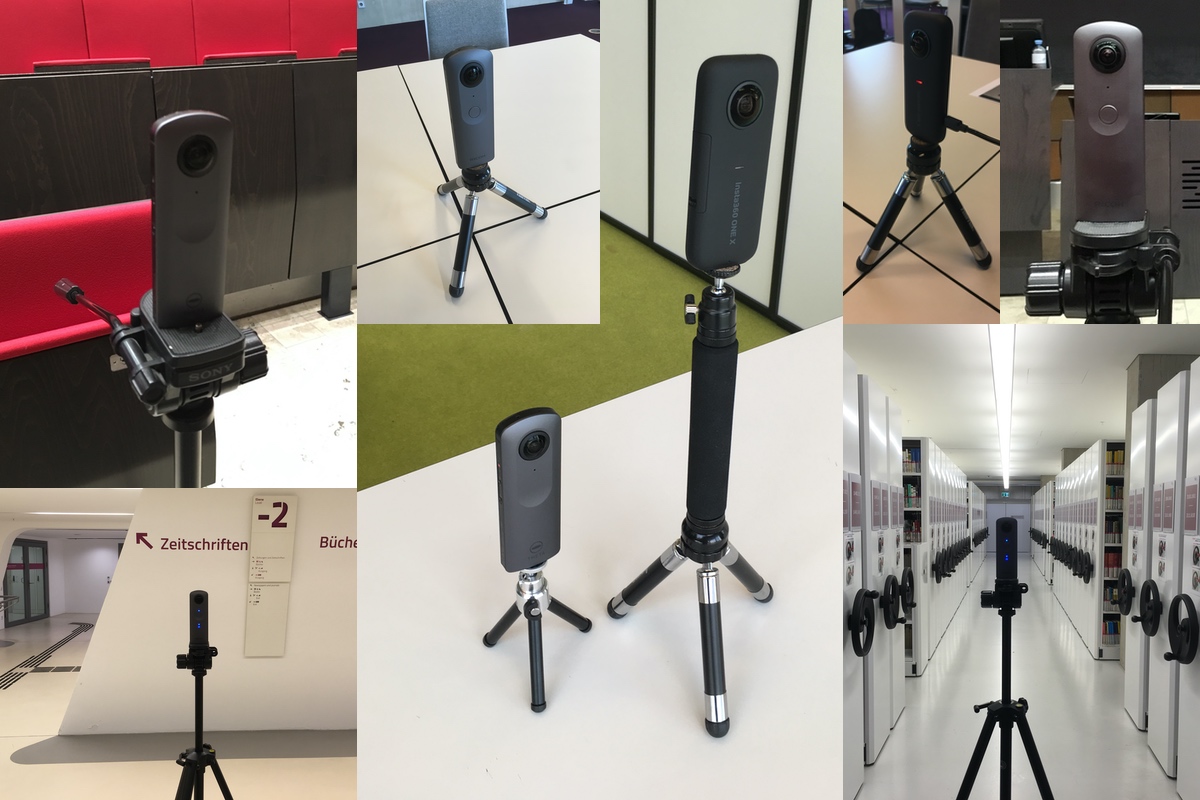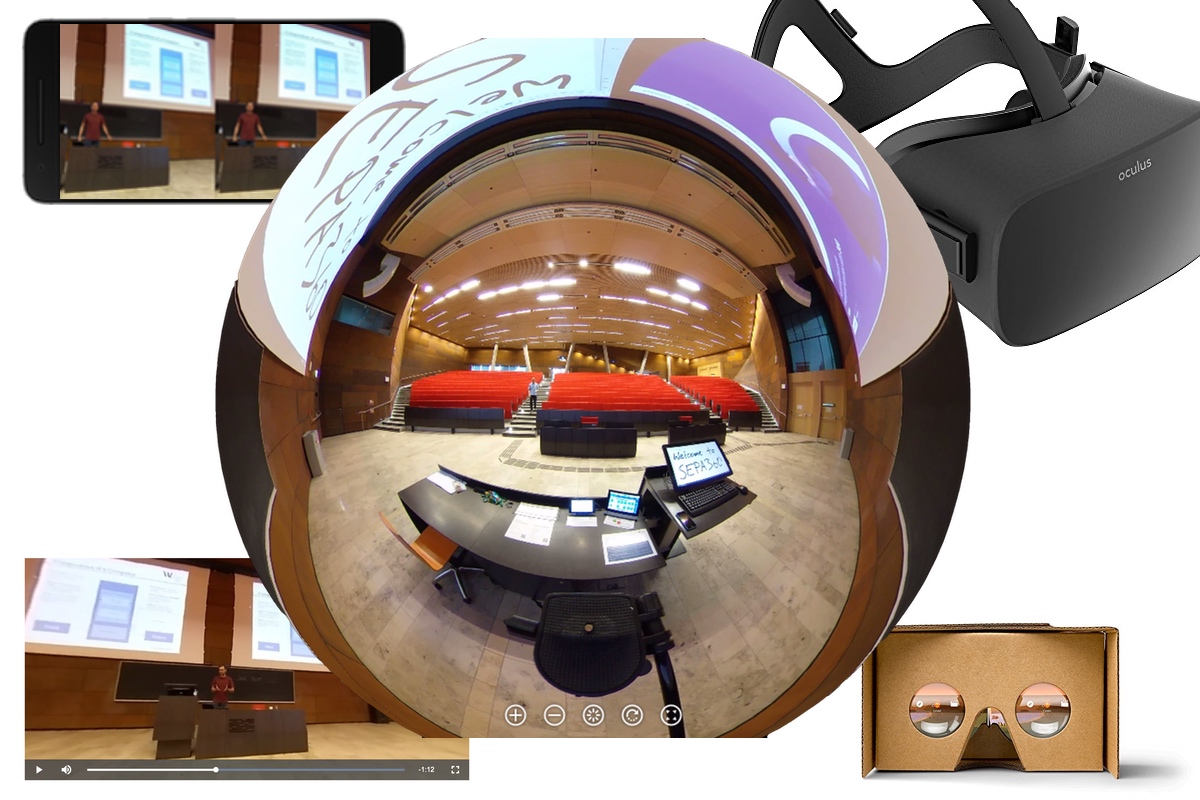Getting started with 360°-video

Didactical Design of a 360°-Video
We have identified three didactical designs based on the SEPA360 Scoping Study. In this study three central approaches were identified based on over 30 papers which evaluated 360°-video scenarios in higher education. Find out about which design may fit with your scenario.

Immersive Dimensions of a 360°-Video
A 360°-video can be consumed through multiple devices leading to different dimensions of immersive experiences. A virtual reality (VR) headset may transport you to a location you cannot reach otherwise and will provide a highly immersive experience, however a flat screen can also be used to watch a 360°-video with a lower immersive dimension.

Delivery Settings for a 360°-Video
A 360°-video based teaching & learning scenario needs to be integrated in the context of higher education. This integration involves the definition of how it is delivered and presented to the students and learners. The delivery setting currently defines four ways to think about how to integrate a 360°-video based learning scenario into your teaching environment.



